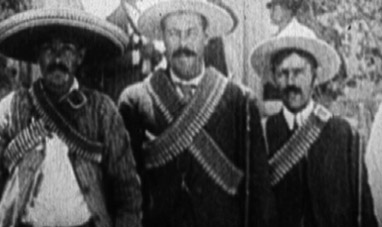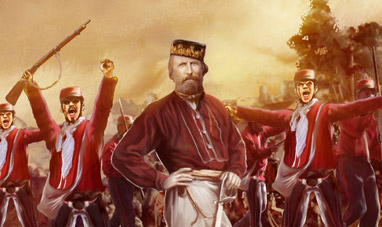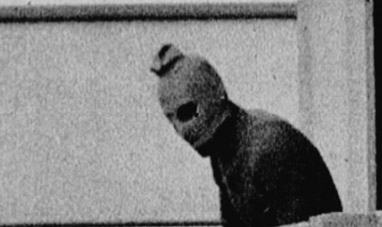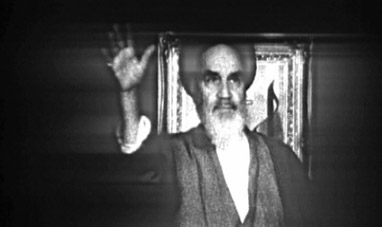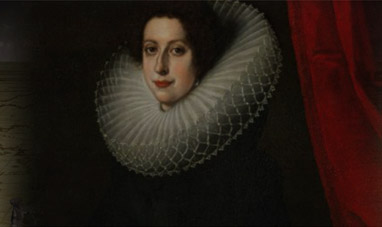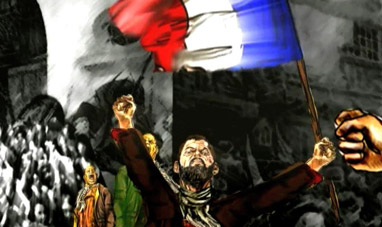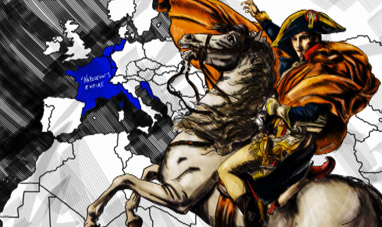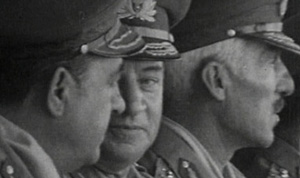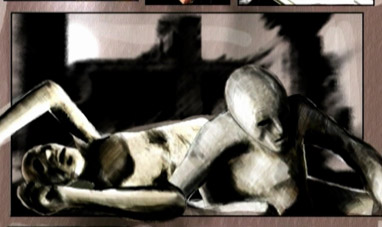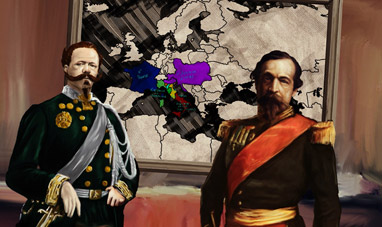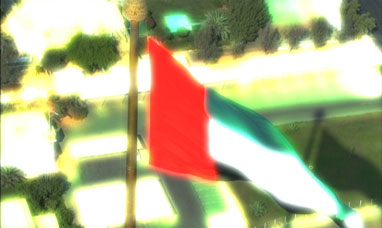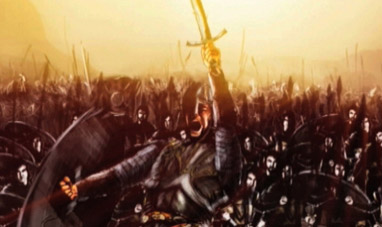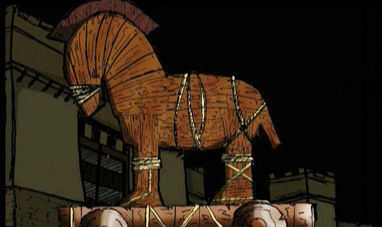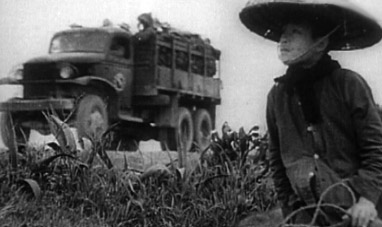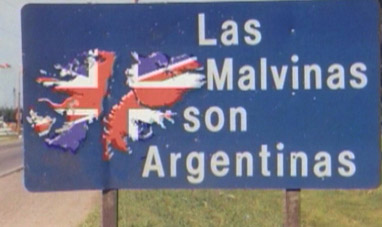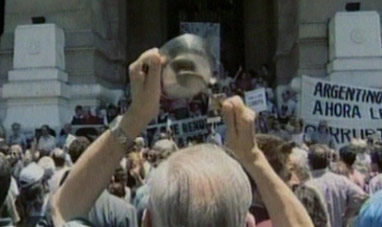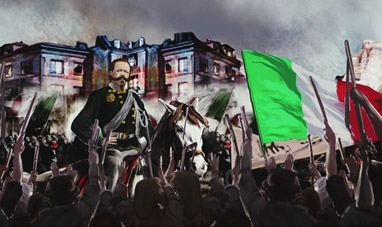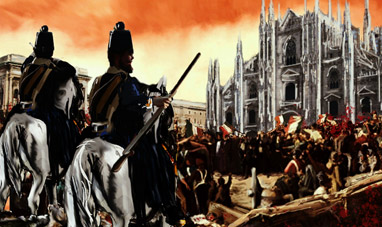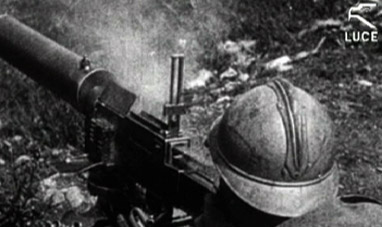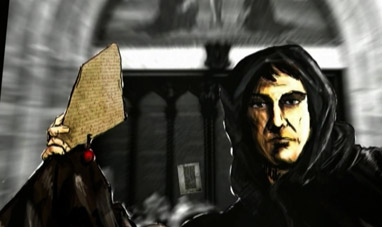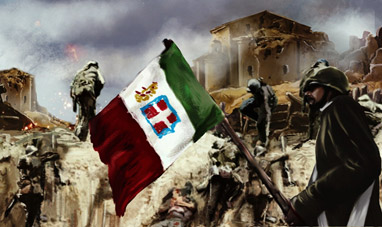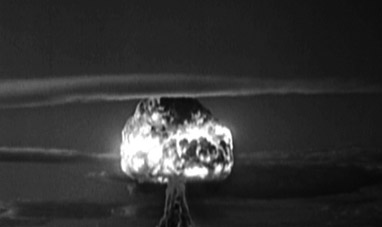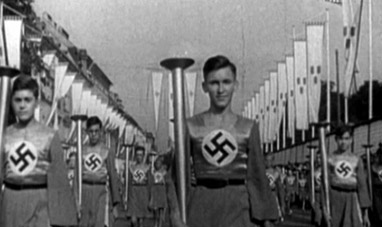Between 1378 and 1417, the Catholic Church experiences a split called the Great Western Schism. The conflict begins when the ecclesiastical hierarchy, divided into two opposing factions, each elect a pope. The Western Schism is the result of a deep crisis of the papacy. It has its roots in the early 1300’s, when the papal seat is moved from Rome to Avignon. For over 70 years only French popes are elected, under the strong influence of the king of France. This is the so-called Avignon papacy. The papacy seems to have lost its guiding role of Christianity. In intellectual and religious circles, many denounce the crisis and invoke deep reform of the Church. A necessary preliminary condition is the end of the Avignon papacy. In January 1377, French pope Gregory XI, gives in to the pressures coming from all over the Christian world and restore the papal seat to Rome. The following year [1378], when he dies, the conclave is called to elect the new pontiff. The population calls vehemently for an Italian pope. On April 8, Neapolitan Bartolomeo Prignano is elected, and takes the name Urban VI. His aim is to restore the authority of the pope, freeing the Church of France’s influence.
However, the French cardinals oppose this policy. Only five months after the election of Urban VI they meet in Fondi, where they elect a French pope, Clement VII. After having attempted in vain to overthrow the Roman pontiff, Clement VII establishes his seat in Avignon. The coexistence of two popes creates a divide within Christianity. The schism drags on even after the death of the two ruling popes. A system of alliances takes shape around the two papal seats, largely reflecting the two sides in the Hundred Years’ War, which France and England have been fighting since 1337. France, Spain, Southern Italy and Scotland side with Clement VII. England, the Flanders, Central-Northern Italy, and the Empire, remain loyal to Urban VI. The Western Schism makes calls for a reform of the Church even more pressing. It is obvious to all that the split has political rather than theological motivations. To resolve the conflict and restore the spiritual authority of the Church, a synod is called.
In 1409 the Council of Pisa deposes the two “schismatic” popes and elects Alexander V. The two deposed popes, however, reject the council’s decisions. As a result, there are now three popes. Despite this failure, there is increasing persuasion that the crisis can only be resolved by a joint decision. Therefore, the Council of Constance is called, and a solution is finally reached. All three pontiffs are deposed and the pope of the reconciliation, Martin V, is elected and chooses to rule from Rome. After the crisis, the much evoked reform of the Church does not take place. A century later, disappointed expectations will be among the causes of the Protestant Reformation.
However, the French cardinals oppose this policy. Only five months after the election of Urban VI they meet in Fondi, where they elect a French pope, Clement VII. After having attempted in vain to overthrow the Roman pontiff, Clement VII establishes his seat in Avignon. The coexistence of two popes creates a divide within Christianity. The schism drags on even after the death of the two ruling popes. A system of alliances takes shape around the two papal seats, largely reflecting the two sides in the Hundred Years’ War, which France and England have been fighting since 1337. France, Spain, Southern Italy and Scotland side with Clement VII. England, the Flanders, Central-Northern Italy, and the Empire, remain loyal to Urban VI. The Western Schism makes calls for a reform of the Church even more pressing. It is obvious to all that the split has political rather than theological motivations. To resolve the conflict and restore the spiritual authority of the Church, a synod is called.
In 1409 the Council of Pisa deposes the two “schismatic” popes and elects Alexander V. The two deposed popes, however, reject the council’s decisions. As a result, there are now three popes. Despite this failure, there is increasing persuasion that the crisis can only be resolved by a joint decision. Therefore, the Council of Constance is called, and a solution is finally reached. All three pontiffs are deposed and the pope of the reconciliation, Martin V, is elected and chooses to rule from Rome. After the crisis, the much evoked reform of the Church does not take place. A century later, disappointed expectations will be among the causes of the Protestant Reformation.

